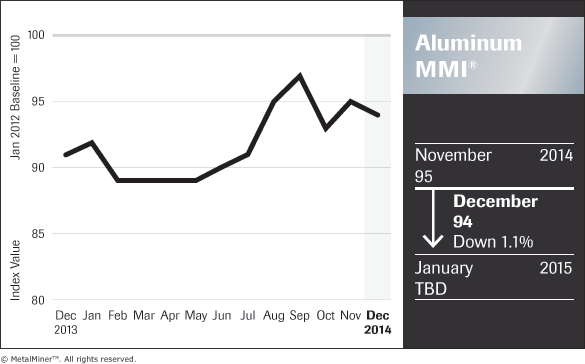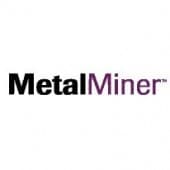Soaring physical delivery premiums and a stronger LME price are sucking primary Aluminum into the US market. According to Reuters the bulk has come from Canada with October’s imports surging to 268,000 tons, equivalent to 1.91 million tons per year, up 25% from September and 17% from the same month a year before.
Rising Canadian imports in October run against a trend that has seen Canadian imports fall this year partly as Rio Tinto has closed an older technology plant at it’s Kitmat smelter in preparation for the start up next year of new technology raising output there to 420,000 tons. Russian imports have fallen but with physical delivery premiums continuing to rise around the world, there is no shortage of demand elsewhere and at current spot prices all mills are making money.
Reuters reports two top aluminum producers are asking Japanese buyers to pay record premiums of $435-$440 per metric ton for January-March deliveries, up as much as 4.8% from the previous quarter. The rise comes on top of a 3-5% increase from Q3 to Q4 this year. Quarterly set Japanese physical delivery premiums become the benchmark for the Asian market as the country is the largest importer of primary aluminum.

Many have been predicting China’s excess capacity will create a restriction on global price rises beyond current levels but so far Chinese primary production has remained contained behind 15% export tariffs. Semi-finished products such as plates, extrusions and rolled products have surged however hitting 390,000 tons in November, a rise of 10,000 tons on the month before.
As general exports slow and imports drop even faster in China, the trend of exporting excess aluminum capacity in the form of semi-finished metal is likely to continue in the face of slowing domestic demand growth. To the extent that this displaces western production of value-added products, Chinese production will limit the opportunity of western downstream mills to raise prices.
So far, the primary metal market balance has remained in a deficit situation and physical delivery premiums continue to rise putting pressure on producers of semi-finished products who are seeing their cost base rise but their sales prices being depressed by cheaper Chinese metal. This situation is likely to continue in 2015 as there is little or nothing to slow Chinese exports of semis going forward but, so far, limited increases, at least in primary metal supply from western producers, have resulted in tightness in physical primary metal continuing.
